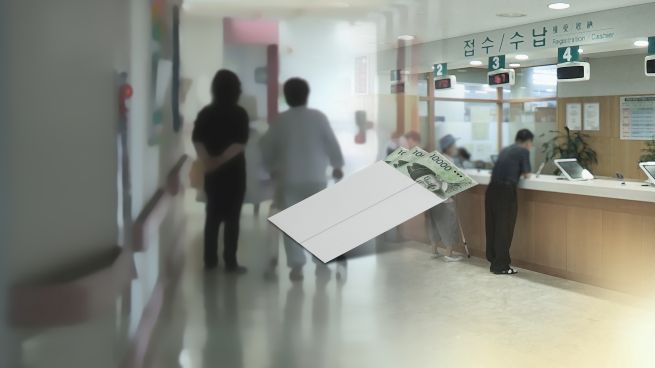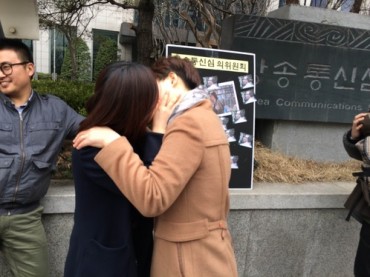
Healthcare Inequality Widens as More Korean Families Face Financial Ruin from Medical Bills (Image courtesy of Yonhap)
SEOUL, June 23 (Korea Bizwire) — The share of South Korean households burdened by catastrophic medical expenses—those that exceed 40 percent of a household’s ability to pay—rose for the second consecutive year, according to new government data, highlighting widening healthcare inequality despite improvements in overall access to treatment.
A joint report released Saturday by the Korea Institute for Health and Social Affairs and the National Health Insurance Service showed that 6.98 percent of households in 2022 faced catastrophic medical costs, marking a sharp increase from 5.29 percent in 2021. The 1.69 percentage-point surge was the steepest annual jump since 2010.
The upward trend reverses earlier progress. In 2019, the rate stood at 4.75 percent, falling slightly to 4.54 percent in 2020 before climbing steadily over the next two years.
The burden is particularly acute for low-income households. In 2022, 12.39 percent of households in the lowest income quintile experienced catastrophic medical expenses, compared to just 0.93 percent in the highest quintile—making it the only group to stay below 1 percent.
One exception to the trend was among middle-income earners in the third quintile, where the rate actually fell from 3.57 percent in 2021 to 2.27 percent in 2022.
Despite rising out-of-pocket costs, the rate of “unmet medical need”—defined as having needed treatment or examination within the past year but being unable to receive it—declined for the first time in two years. That figure dropped from 15.5 percent in 2021 to 13.1 percent in 2022.
Young women were the most likely to report having unmet medical needs, with the highest rate (17.3%) recorded among females aged 19 to 29. Men aged 70 to 79 reported the lowest rate at 6.5 percent.
When asked why they couldn’t access care, 42.5 percent of respondents cited lack of time as the primary reason. Other top responses included financial burdens, including medical and transportation costs (21.3%), poor transportation options (9.9%), and physical limitations or illness (9.8%).
The findings raise concerns over persistent gaps in financial protection under South Korea’s health care system, a challenge that continues to test the social policy agenda under President Lee Jae-myung’s administration.
M. H. Lee (mhlee@koreabizwire.com)






